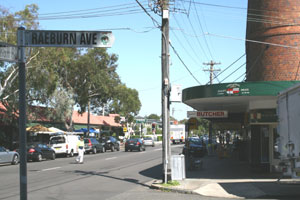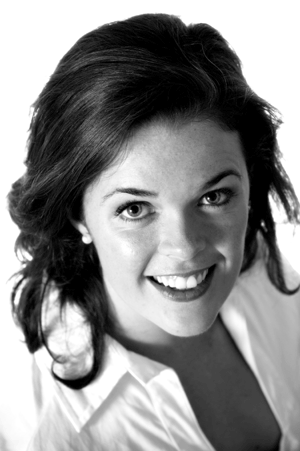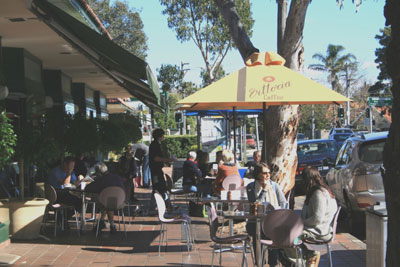The pipes and detention tanks of our city’s stormwater drainage system are taken for granted by most residents, who see it as something that can be left to others to worry about! One matter of concern to some residents, however, is a new ‘Stormwater Charge’ of $25 on their Willoughby City Council rates notice. This charge will contribute to the program of works that Council requires to upgrade and improve the efficiency of its stormwater drainage system in response to its deterioration due to age as well as higher community expectations. Increasing development pressure is generally addressed through developer-funded works.
Jeff Organ, Council’s Director of Infrastructure Services, is one who has a passion the complexities of our surface and subterranean stormwater drainage system and has guided the development of an innovative program to achieve more sustainable management of our stormwater in future. Jeff was the Guest Speaker at the General Meeting of the Castlecrag Progress Association at the Community Centre on Tuesday 24 October. His address was both entertaining and informative.
Jeff outlined the problems confronting Council, both financial and physical, in replacing and updating to modern standards the 140km of deteriorating stormwater mains in the city and 5000 stormwater pits, which can also become traps for litter. He then discussed how Council’s stormwater management and infrastructure maintenance review is looking for more sustainable water management across Willoughby City. Particular attention was being given to reducing flooding problems in the Chatswood CBD and several other flood prone areas.
Council’s stormwater management and infrastructure maintenance program encompasses an innovative water management scheme to re-use water from Civic Place and harvest stormwater from the Chatswood CBD. Although other councils have been reusing water, particularly for watering playing fields and ovals, the system to be introduced in Chatswood is the first of this scale to capture the water run-off from the many hard surfaces of a CBD. This initiative is being supported by significant grants from both the State and Federal Governments.
State Government Grant for Willoughby Water Management
Willoughby City Council announced on 5 September that it had been awarded a $1.88m grant by the NSW Department of Energy, Utilities and Sustainability through its Water Savings Fund of Sydney for Council’s Chatswood CBD and Civic Place Integrated Water Management System. This grant matches an earlier Federal Government WaterSmart Grant of $1.88m dollar for dollar.
Civic Place will incorporate a range of smart water technologies and fittings throughout its facilities and open space areas. They were devised during the planning of Civic Place by Council’s drainage and environmental engineers who designed a leading, environmentally sustainable solution to conserve and reuse water while improving water drainage in Chatswood.
Willoughby Mayor Pat Reilly said “The grant is a recognition of Willoughby City Council’s innovative actions to create an economically and environmentally sustainable CBD for Chatswood. It is a result of the leading edge, environmentally sustainable design embodied in our community’s Civic Place project and is the first of its kind in Australia.”
Samantha Taranto



